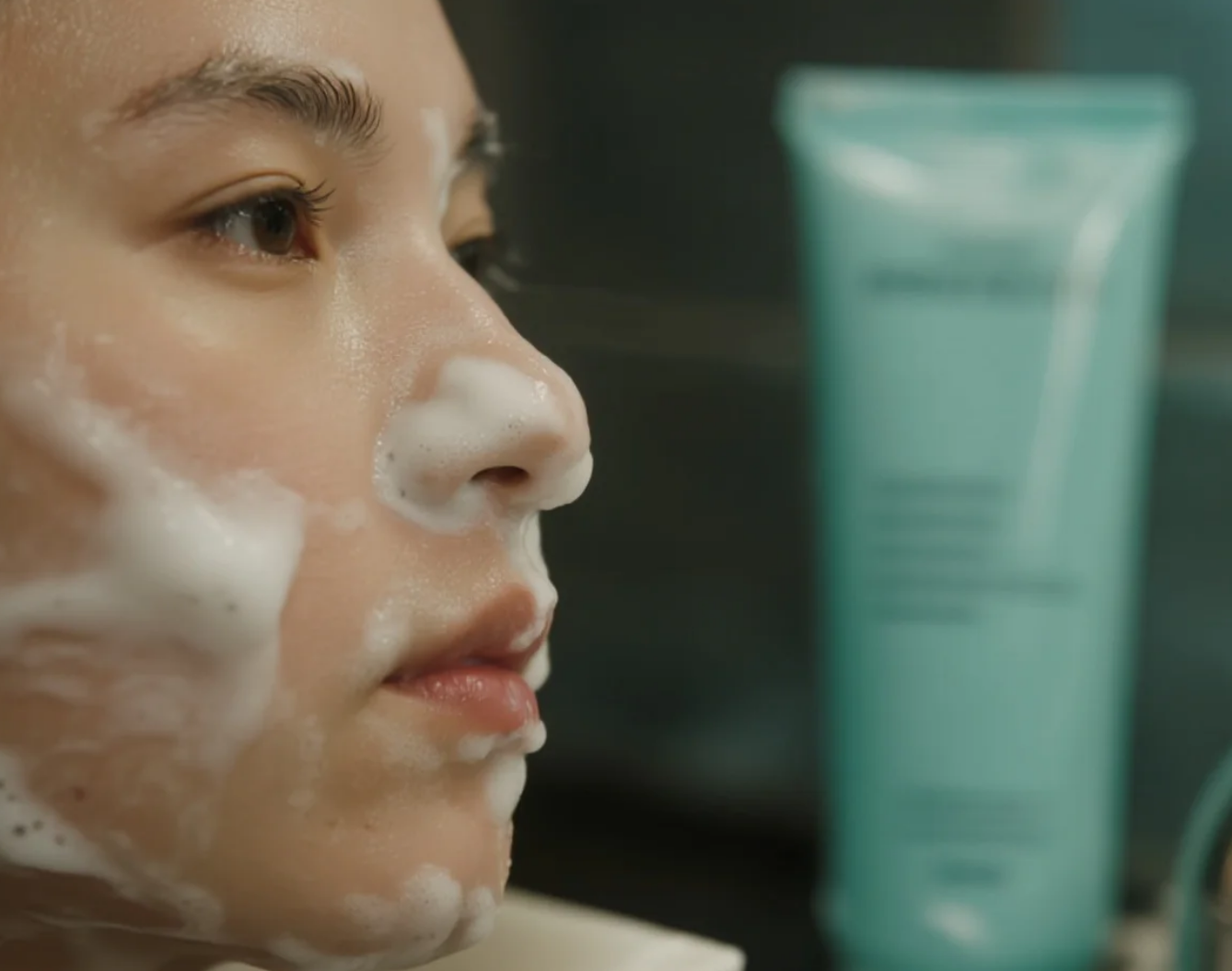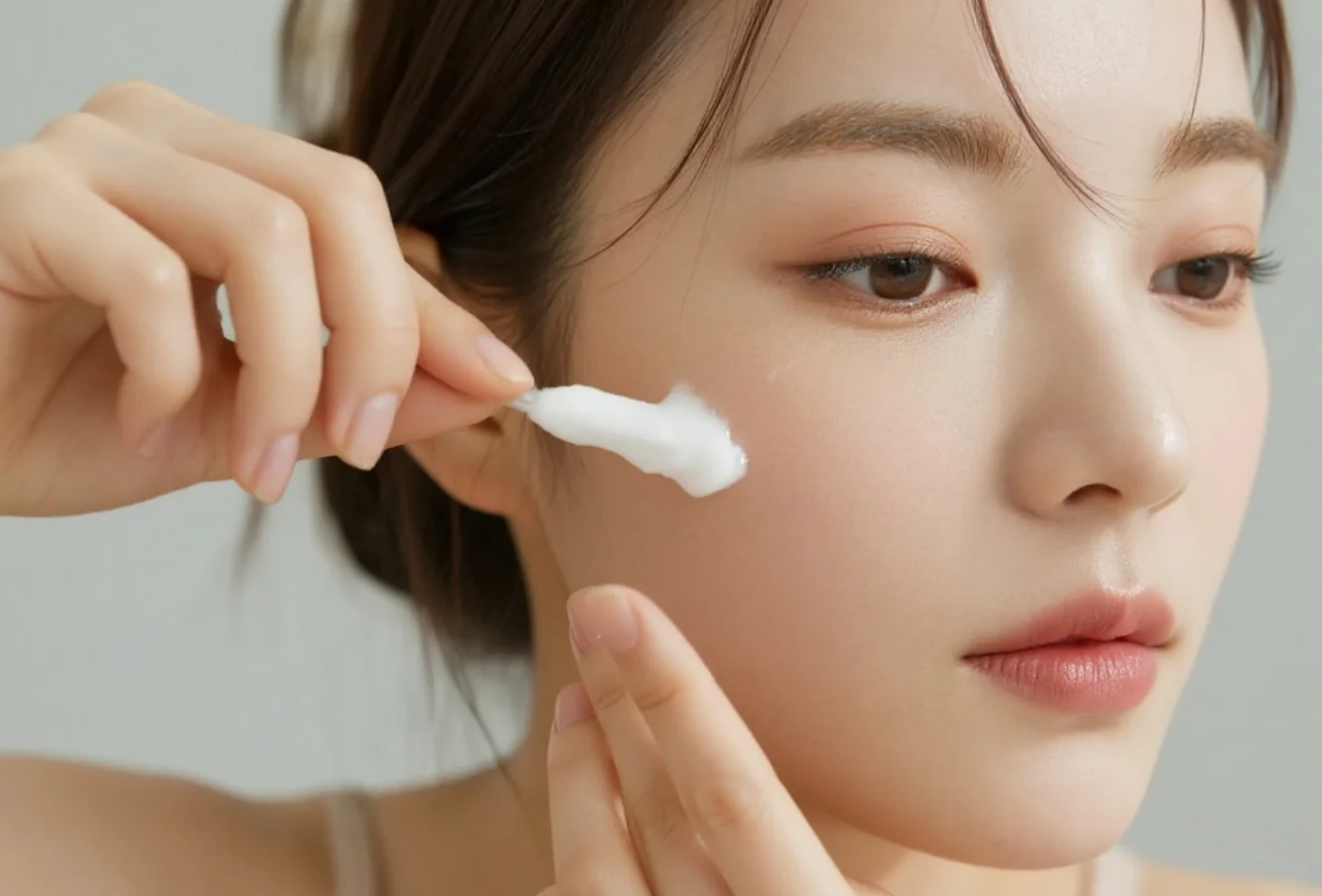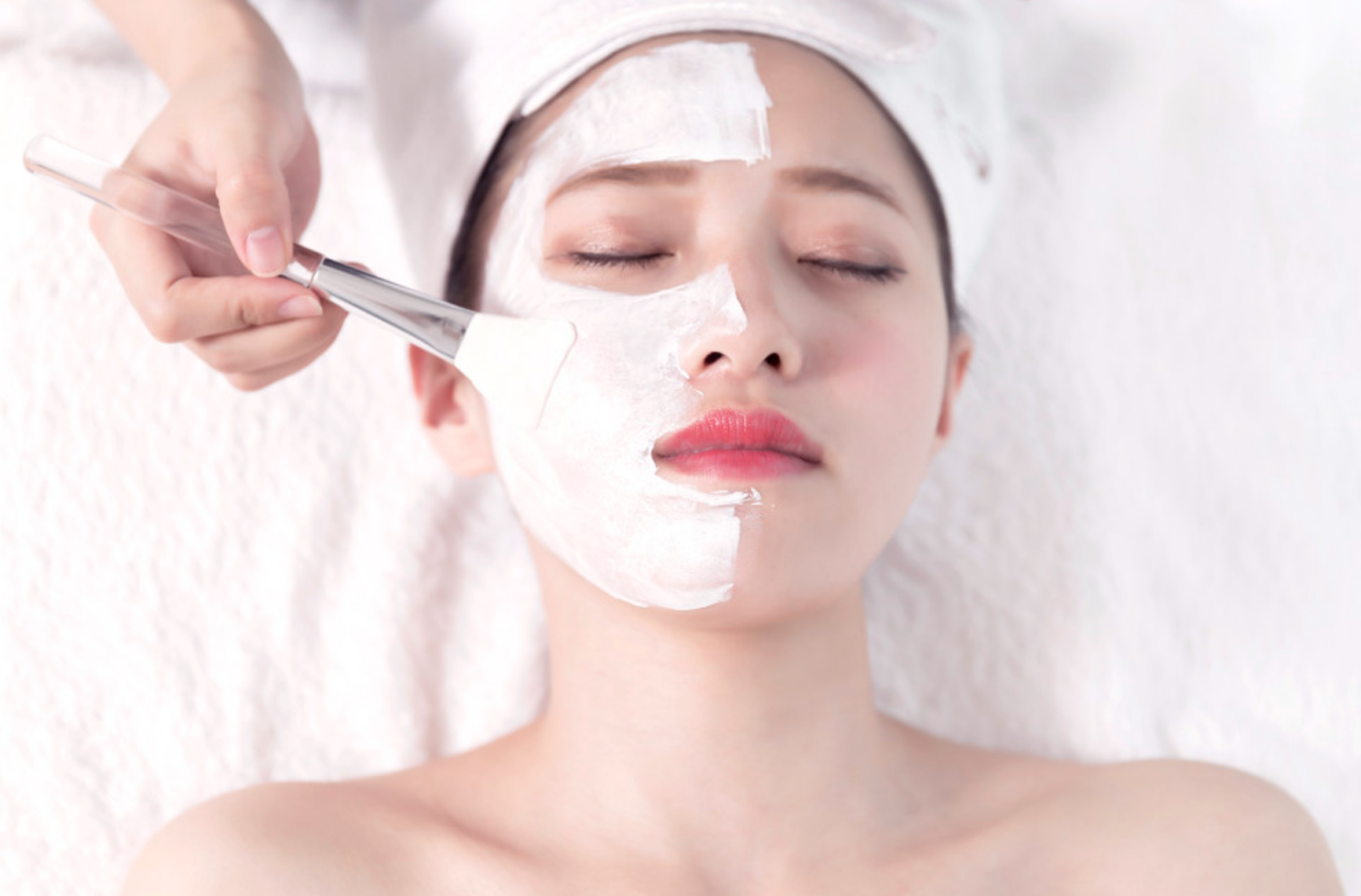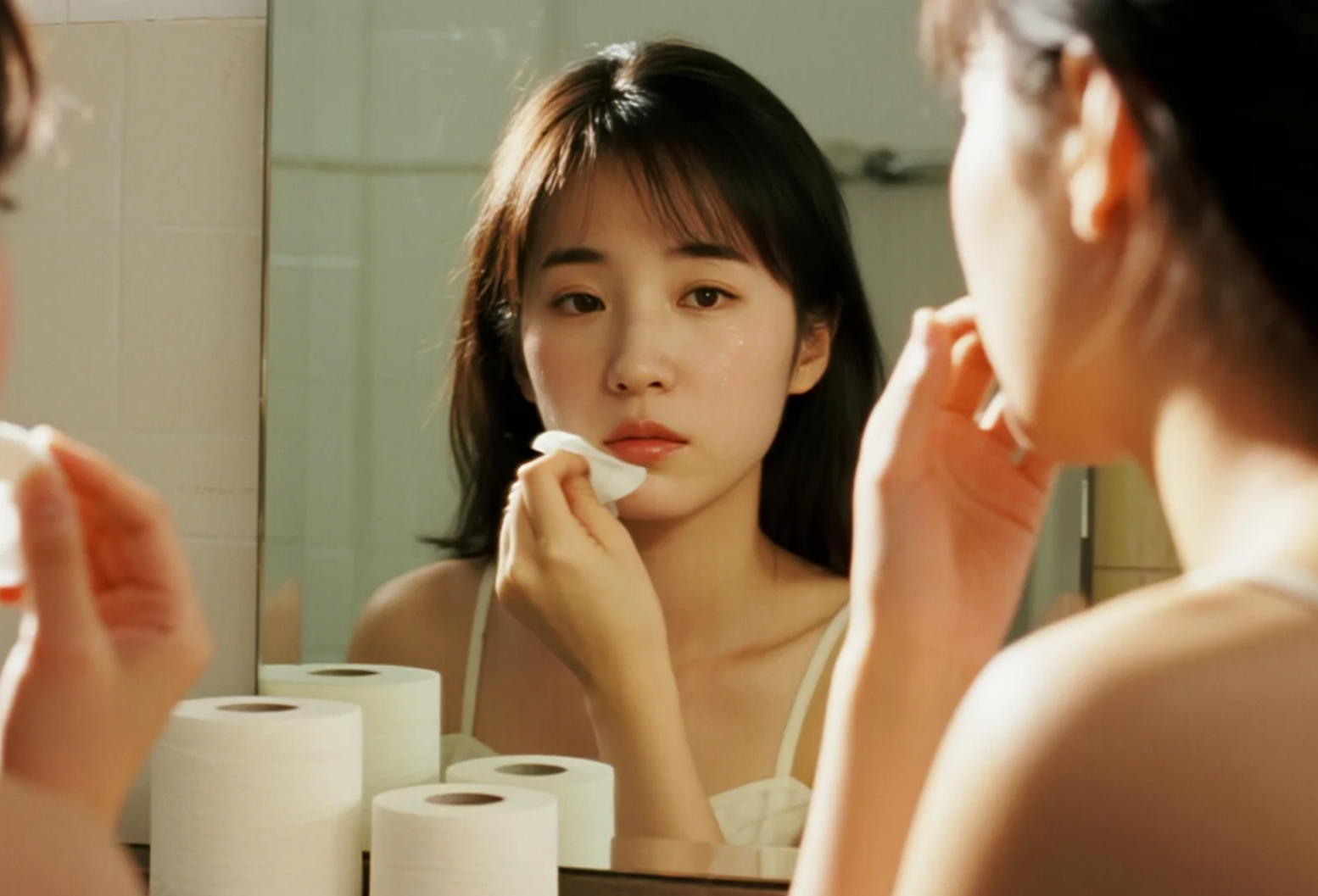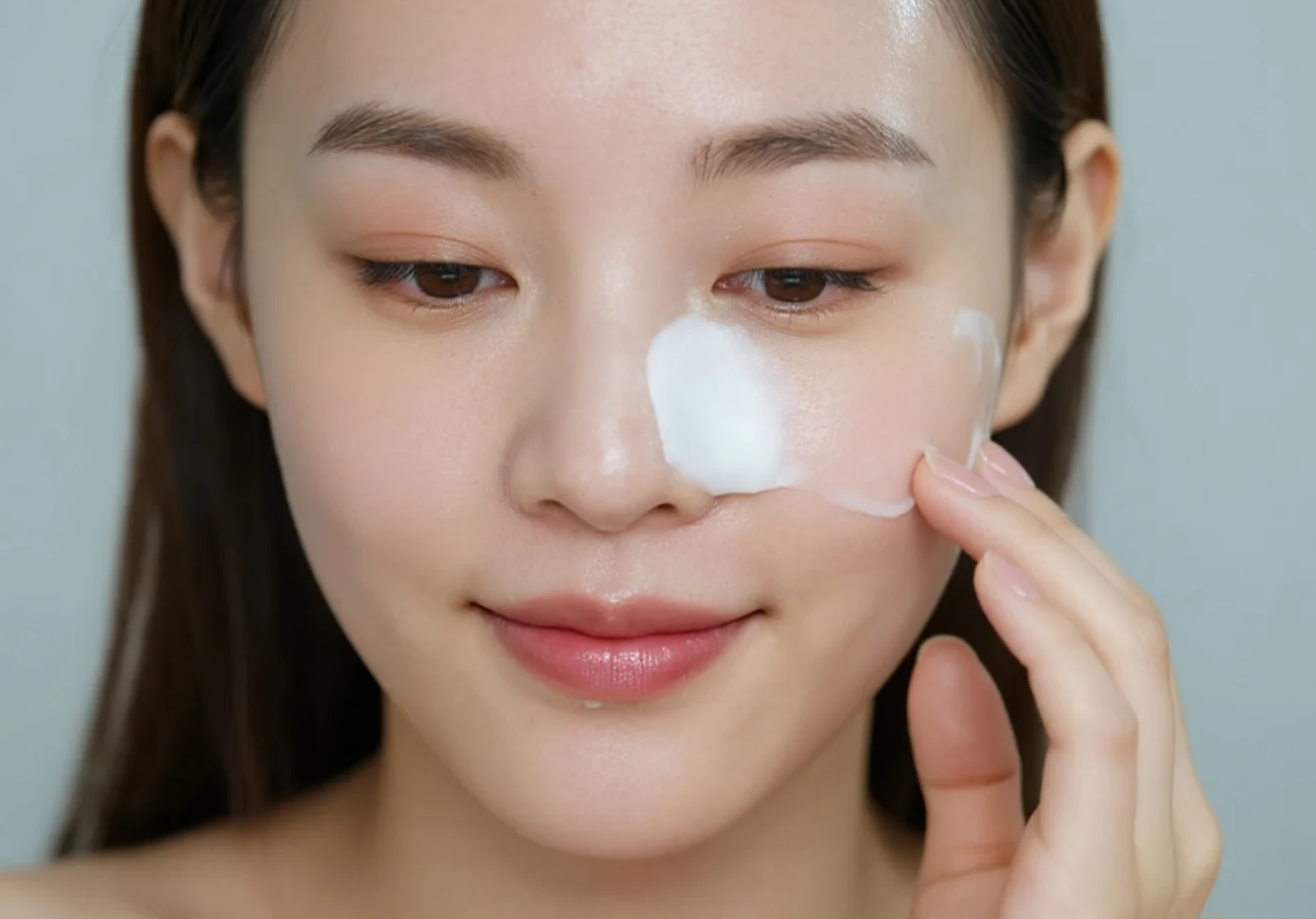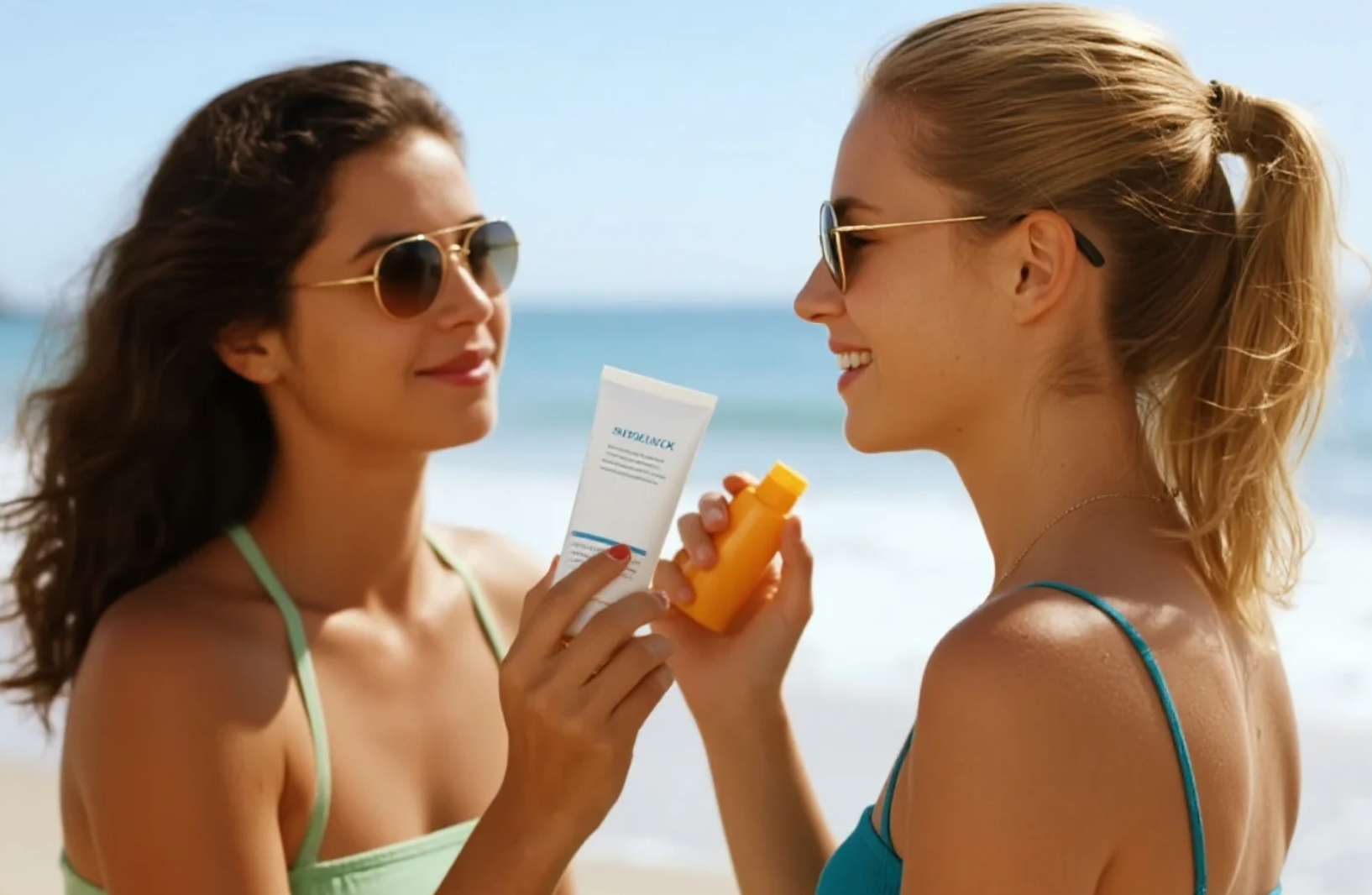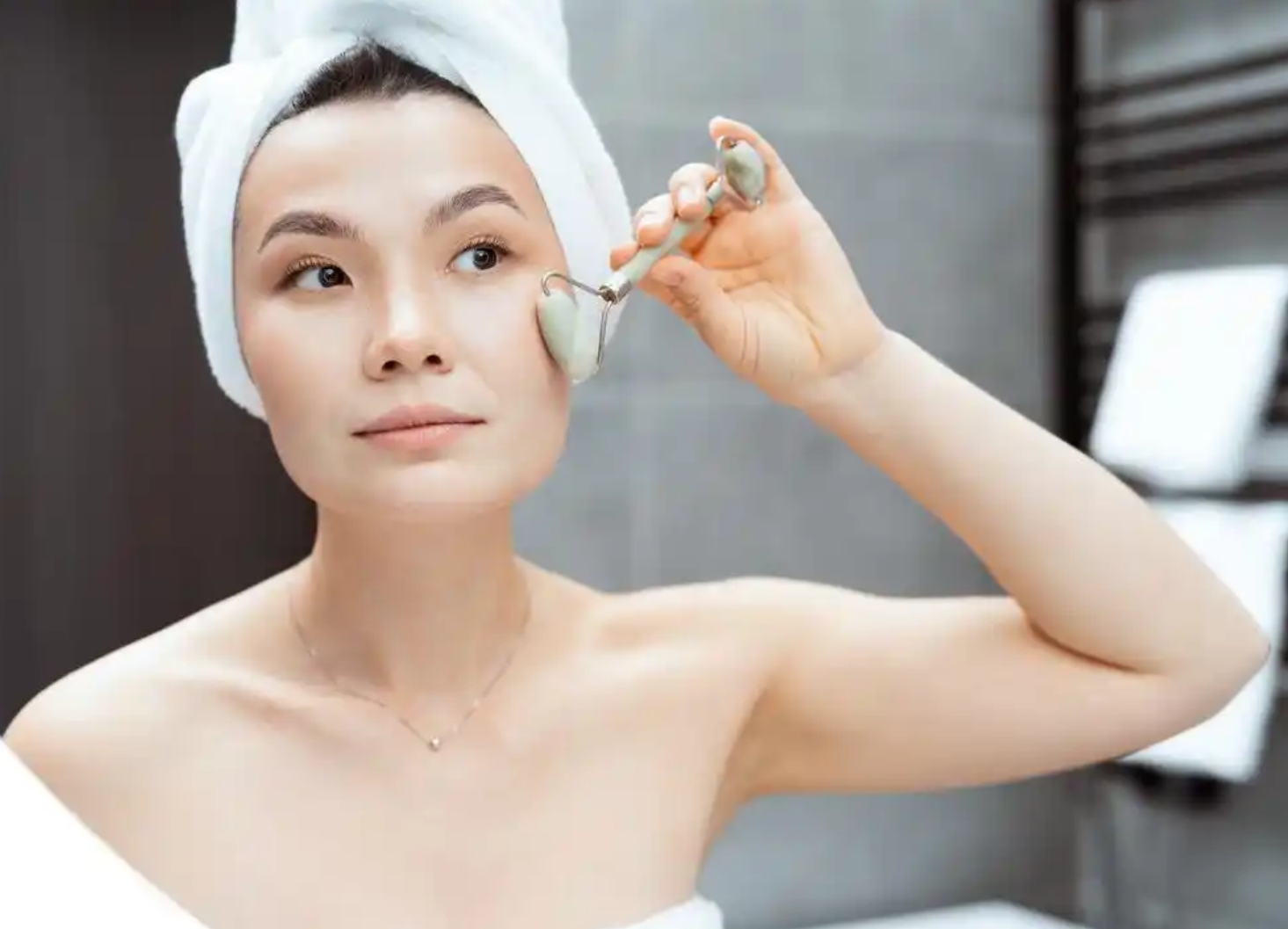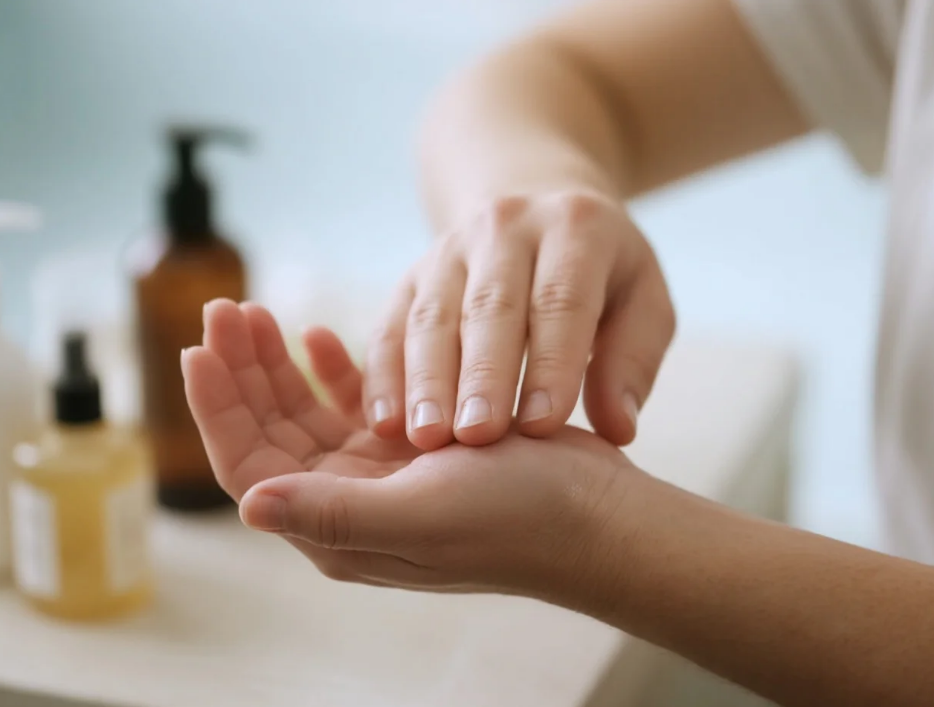Correct Sunscreen Use and Misconceptions
The summer sun is always radiant, but at the same time, the power of UV rays is quietly increasing. Many people habitually apply sunscreen in the summer, believing it's safe. However, in reality, some people still experience tanning, dark spots, and deeper fine lines despite daily sun protection. This isn't because the sunscreen is ineffective, but rather because of incorrect usage. Sunscreen isn't just about brightening your complexion; it's also a crucial protective measure for delaying aging and maintaining healthy skin. UVA and UVB rays are divided into two types: UVA and UVB. UVA penetrates deep into the dermis, destroying collagen, accelerating skin aging, and causing sagging and fine lines; UVB causes redness and sunburn on the epidermis. Long-term lack of protection not only leads to dull and rough skin but also increases the risk of skin cancer. Therefore, proper sunscreen use is not just a cosmetic issue; it's also a part of health management.
Many people believe that sunscreen is only for preventing tanning, but this actually underestimates the destructive power of UV rays. A tan is only a surface effect; the real damage occurs beneath the surface. Once collagen is damaged, the skin's support weakens, leading to premature appearance of problems like sagging, fine lines, and dark spots. Prolonged, unprotected exposure to the sun can also lead to so-called "photoaging," disrupting the skin's metabolic rhythm and increasing oxidation. This is why some people, even without prolonged sun exposure, gradually develop spots and fine lines in their daily lives. Therefore, sun protection is a year-round necessity, whether sunny or cloudy, or even when working indoors near a window. Regular sunscreen use is essential.
However, sunscreen isn't just a casual smear. First, it's crucial to thoroughly cleanse the skin the same day after sunscreen application, otherwise it can lead to clogged pores, acne, and breakouts. Sunscreen oxidizes under UV rays, and if left unremoved, the resulting residue can accumulate in pores and cause skin problems. People with oily skin should especially use makeup removers for secondary cleansing. Even sunscreens advertised as "washable with water" are recommended for thorough removal in the summer. Skipping this step may not produce noticeable changes in the short term, but over time, your skin will become noticeably rougher and your pores will appear larger.
Secondly, the texture of your sunscreen is equally important. Sunscreens are available in a variety of forms, including sprays, lotions, and creams, each requiring a different formula for each skin type. Oily skin types are better suited to light, watery lotions or sprays, which form a film quickly and provide excellent breathability, reducing the risk of acne. Dry skin types are recommended to opt for creams or lotions with moisturizing ingredients. These not only provide protection but also lock in moisture, preventing makeup from caking after application. While spray-type sunscreens are convenient to carry and suitable for reapplication, relying solely on sprays for initial application is not recommended, as they can easily cause uneven application and provide insufficient protection.
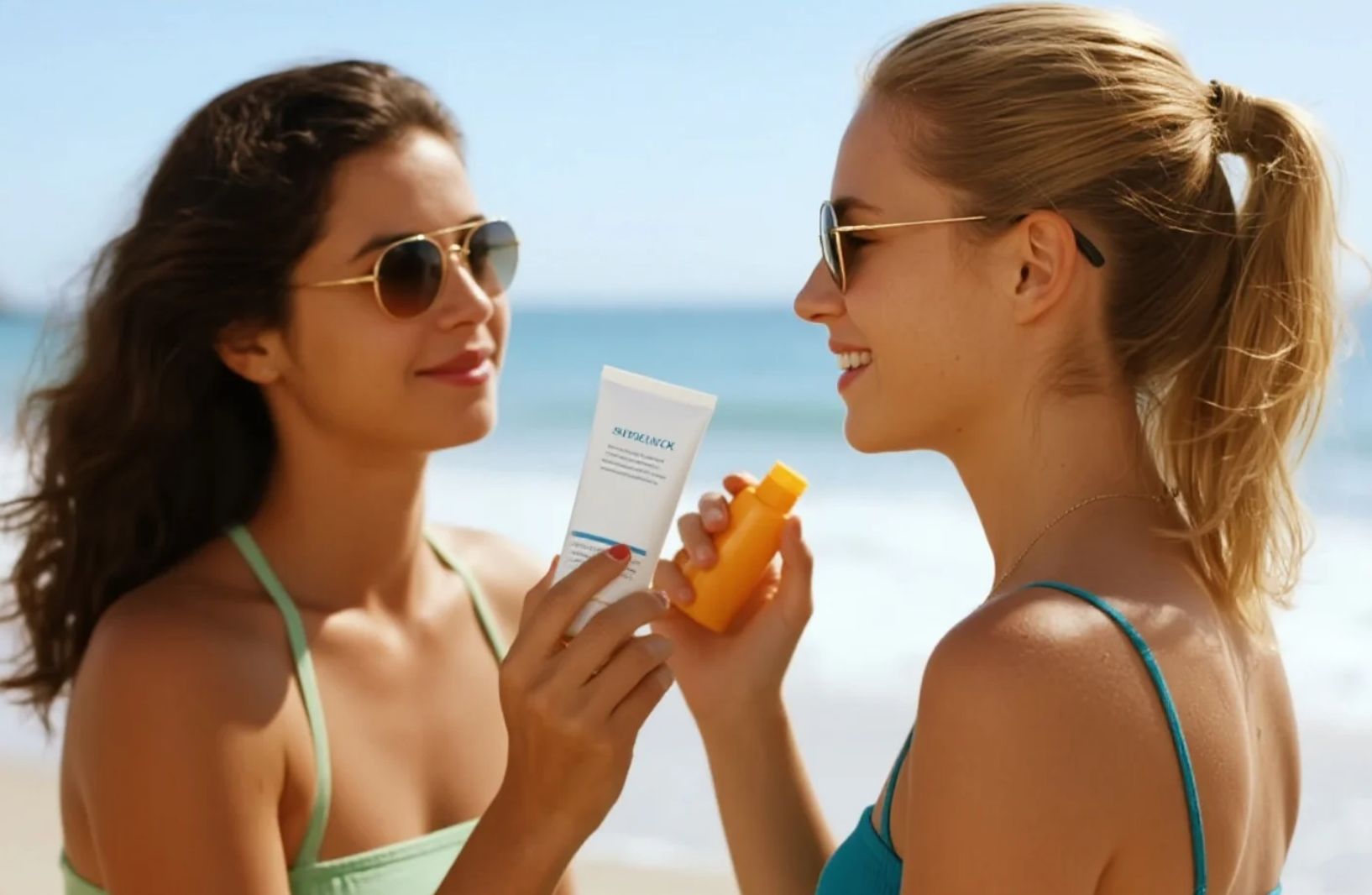 An often overlooked issue is the amount of sunscreen used. Many people, to avoid a greasy feeling, apply only a thin layer, which significantly reduces the actual protection. The SPF and PA ratings listed on sunscreens are measured in a laboratory using a standard dosage of 2 mg per square centimeter of skin. If insufficient application is made, the protective effect will be exponentially reduced. For example, the face and neck require at least a coin-sized amount of sunscreen (approximately 1 to 1.2 grams). For full-body sun protection, the recommended amount is approximately 30 milliliters, equivalent to the volume of a small wine glass. Insufficient application is one of the main reasons for "applying and still getting a darker complexion."
An often overlooked issue is the amount of sunscreen used. Many people, to avoid a greasy feeling, apply only a thin layer, which significantly reduces the actual protection. The SPF and PA ratings listed on sunscreens are measured in a laboratory using a standard dosage of 2 mg per square centimeter of skin. If insufficient application is made, the protective effect will be exponentially reduced. For example, the face and neck require at least a coin-sized amount of sunscreen (approximately 1 to 1.2 grams). For full-body sun protection, the recommended amount is approximately 30 milliliters, equivalent to the volume of a small wine glass. Insufficient application is one of the main reasons for "applying and still getting a darker complexion."
Regarding application, it's recommended to evenly cover the skin according to skin texture. This can be done in two steps: first apply half, gently patting it open, then reapply the other half, making sure to cover the edges and corners. Areas such as the nose, chin, ears, neck, and backs of the hands are often overlooked, yet they are also susceptible to tanning and aging. Apply the sunscreen using circular motions or gently stroking from the inside out to ensure an even film. Those who spend extended periods outdoors or who are prone to sweating or oily skin should reapply every 2-3 hours, especially after swimming or sweating.
In addition to simple sun protection, sunscreens also offer added benefits such as sun protection and brightening. This type of sunscreen not only protects but also improves uneven skin tone, saving time when applying makeup. However, it's relatively thick, so oily skin types should use caution in hot weather to avoid acne. For those who wear makeup daily, applying sunscreen as a base and then a foundation with an SPF creates a "double layer" of protection. This way, even if your base makeup comes off, your skin remains protected.
It's important to note that sun protection doesn't mean you're done once you apply sunscreen. After a day of UV exposure, your skin may experience slight dehydration, dryness, and a weakened barrier function. Repairing your skin is equally important at this time. After cleansing and removing makeup, hydrate and moisturize immediately. Use a mask, serum, or repairing lotion to help your skin recover. Especially after continuous, intense sun exposure, choose skincare products with soothing ingredients like aloe vera and panthenol to reduce redness, heat, and tightness. Sun protection and repair complement each other to maintain long-term healthy and youthful skin.
In general, effective sunscreen use relies on three key factors: applying the right amount, choosing the right texture, and cleansing promptly. With the right method, it not only prevents tanning but also slows aging, reduces dark spots, and maintains a smooth, refined skin texture. The damage caused by UV rays is long-term and cumulative. While a single omission might not make a noticeable difference, those who adhere to scientific sun protection practices will experience significantly better skin over the years. Sun protection is a daily investment; the earlier you start, the greater the rewards.
